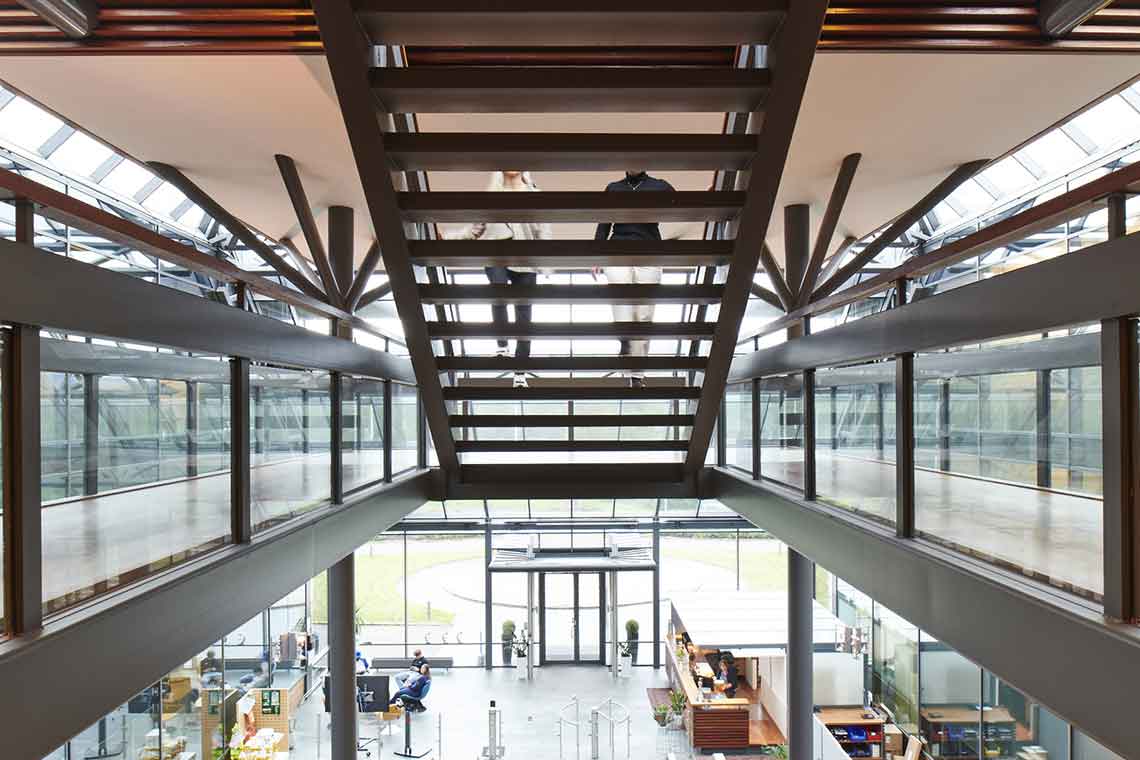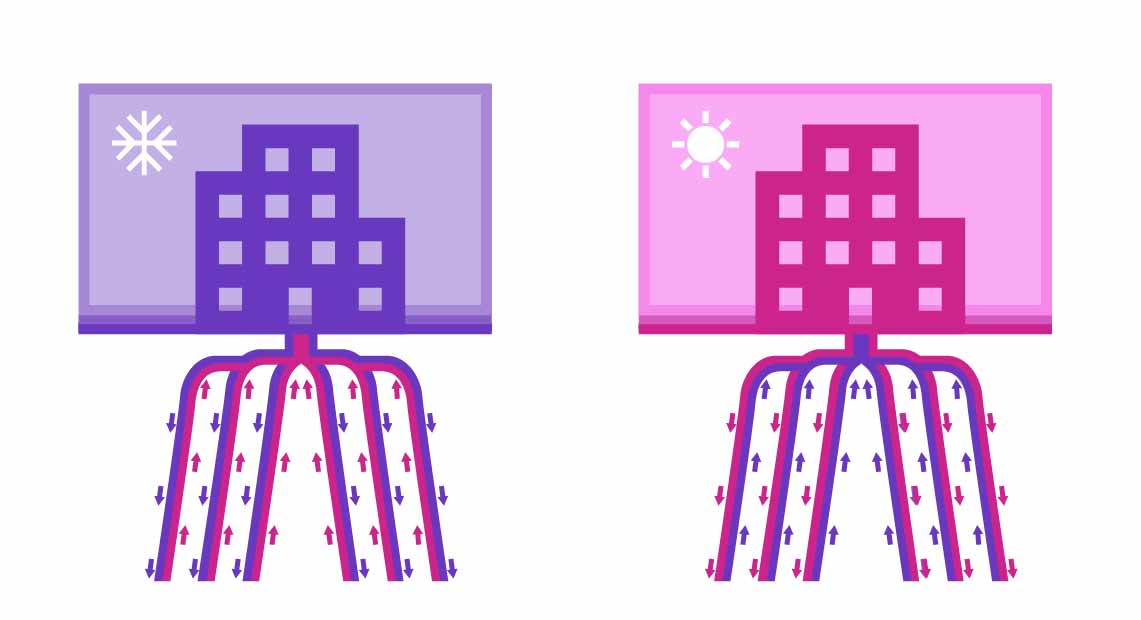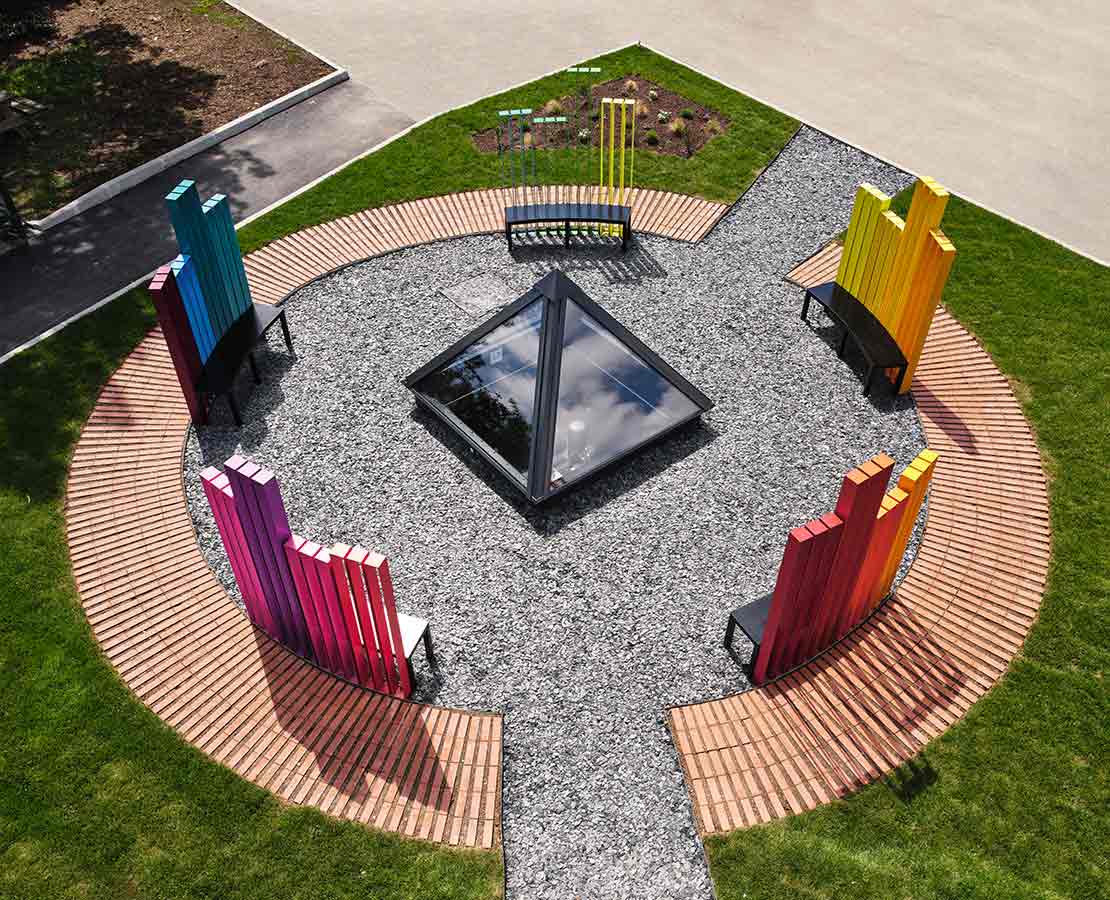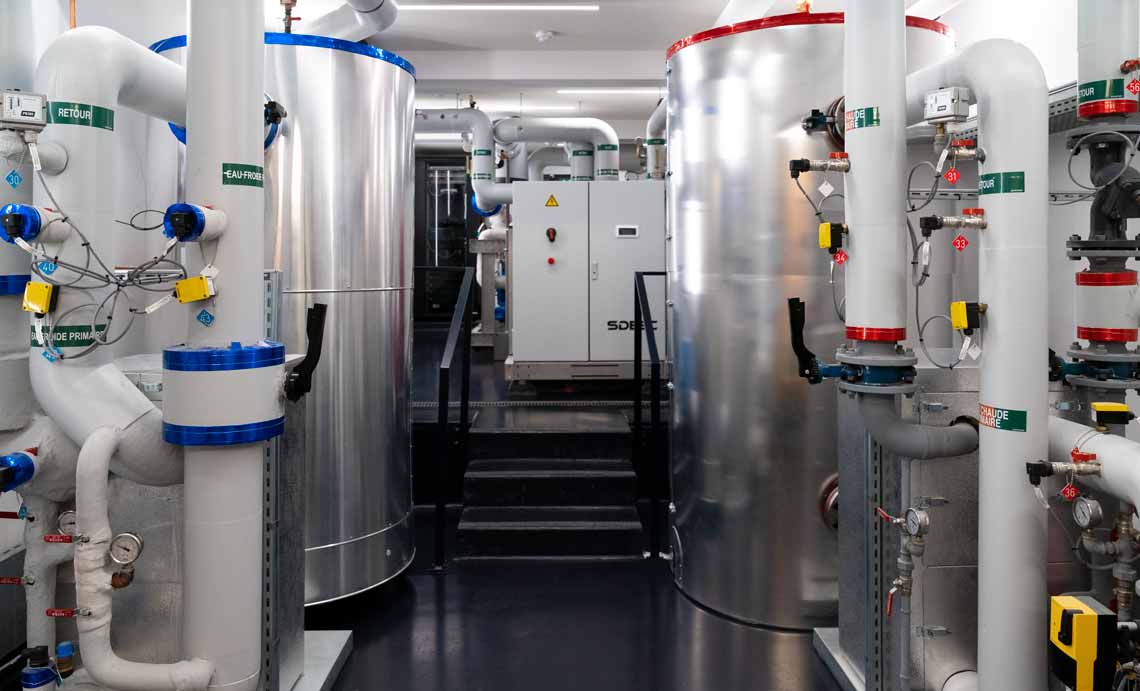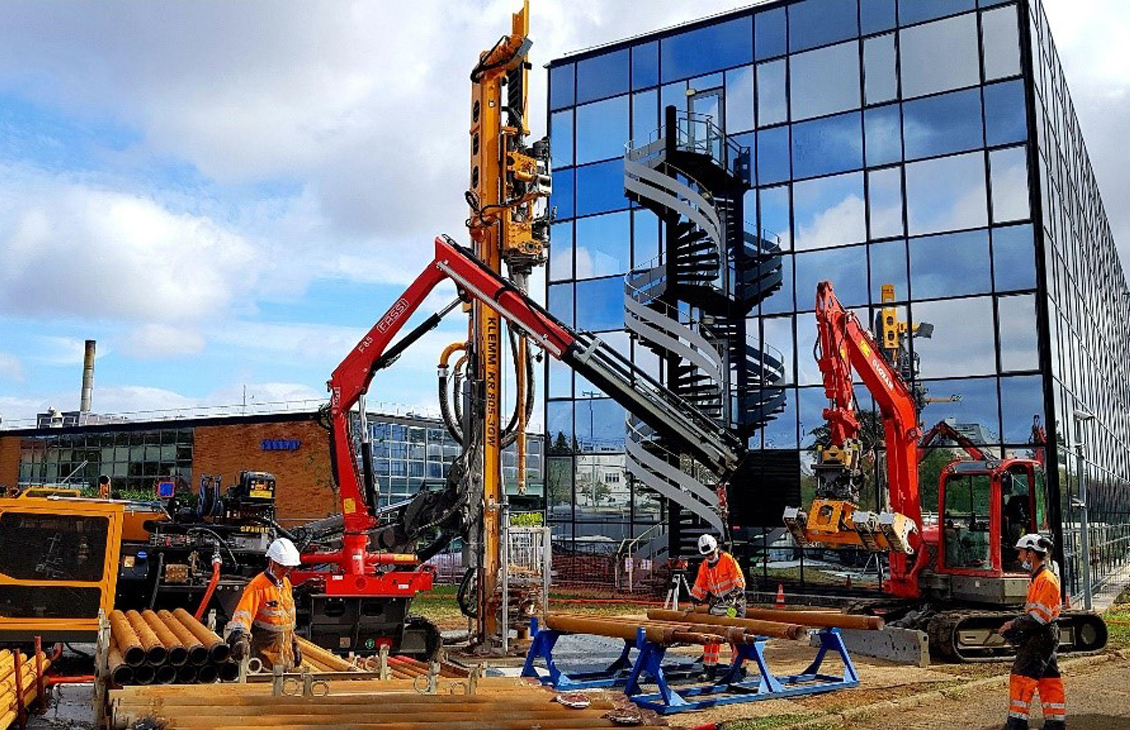The carbon footprint of heating and cooling buildings, campuses, complexes, and more
The buildings where we live and work account for 39% of global energy-related carbon emissions.* Of this, a projected 15% come from heating and cooling buildings.** That’s about 6 gigatons of CO2 annually. Today, fossil fuels are predominantly used for heating, but they significantly increase our carbon footprint. And hotter global temperatures, successive heat waves, and increased development in hot-climate countries are teeing up building cooling efforts for accelerated growth. So how can we measurably reduce the carbon footprint of heating and cooling buildings at scale?
*World Green Building Council, "Bringing embodied carbon upfront"
**World Economic Forum, "How to heat up - and cool down - climate innovation"

